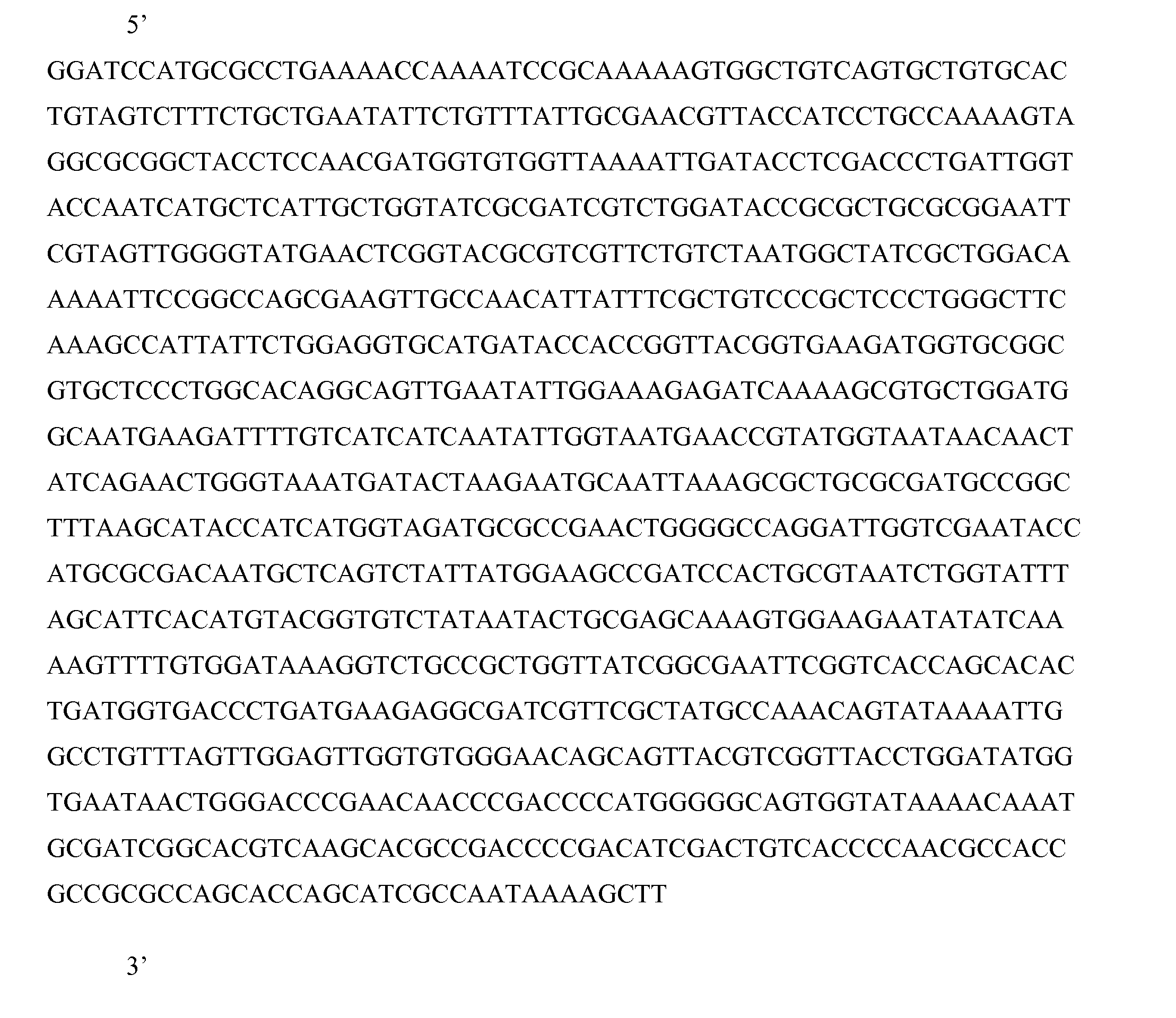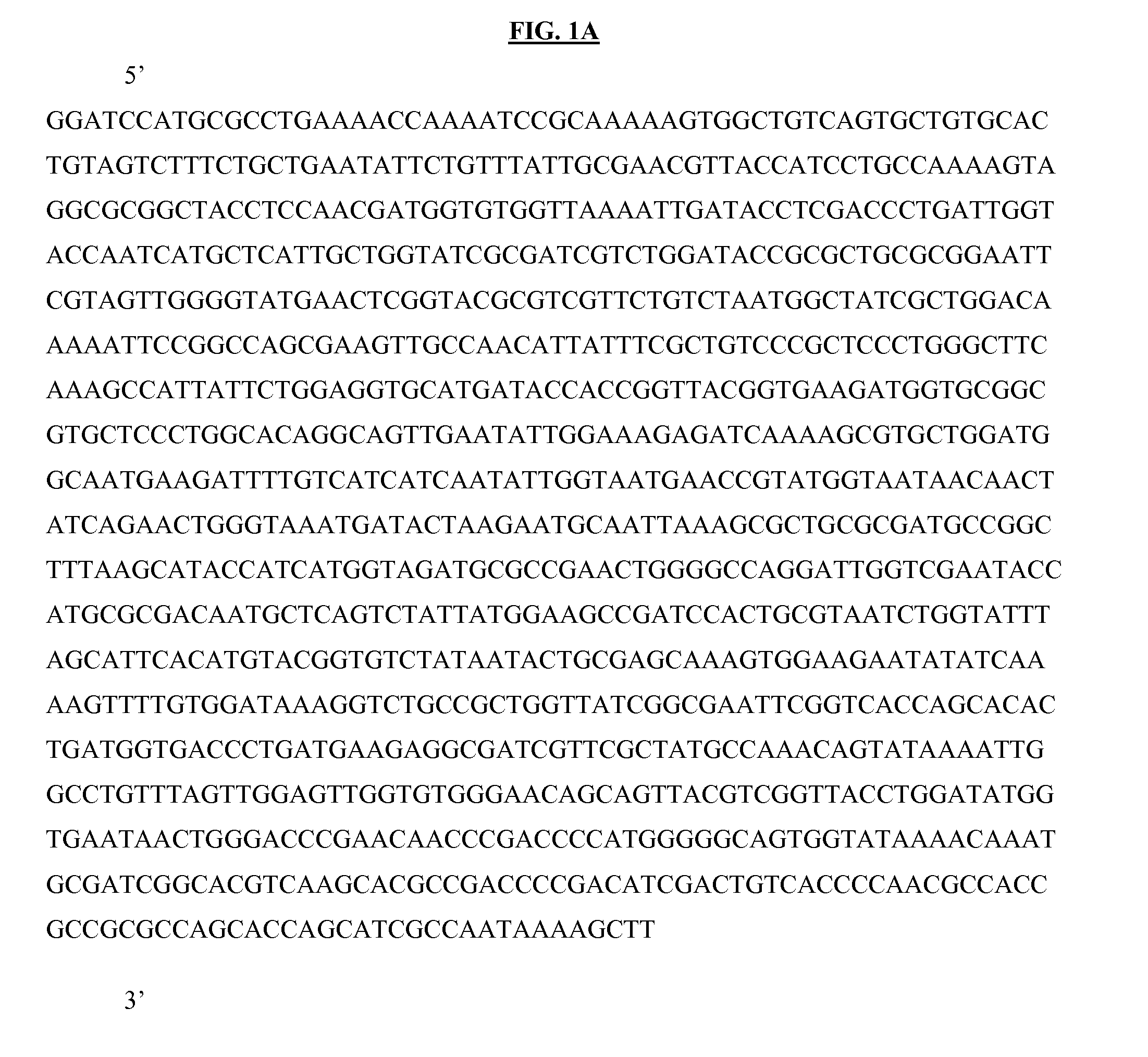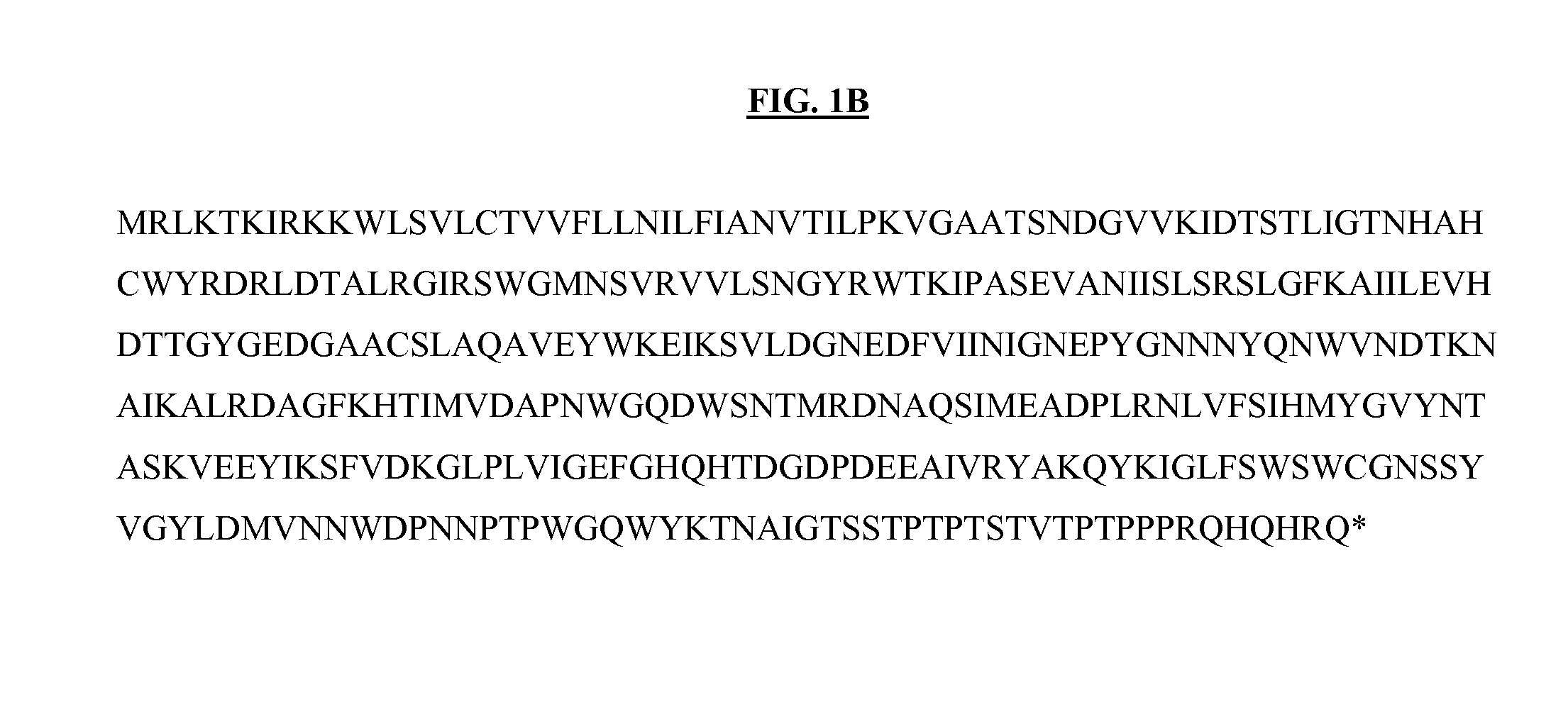Sulfates and Phosphates as Allosteric Effectors in Mannanohydrolase Enzyme Breakers
a technology of mannanohydrolase and enzyme breakers, which is applied in the field of gelled fracturing fluids, can solve the problems of less than desirable fracture length in the fracture being created, slow recovery of fracturing fluid, and sulfate and phosphate sulfates and phosphates, and achieves better control of hydrolysis of fracturing fluids, convenient use for fracturing jobs, and intrinsic viscosity of hydratable poly
- Summary
- Abstract
- Description
- Claims
- Application Information
AI Technical Summary
Benefits of technology
Problems solved by technology
Method used
Image
Examples
example 1
[0037]A solution was made comprising: 17 ppt of guar polymer, GW-3LDF; 1 gpt of clay stabilizer, Claytreat-3C; 1.5 gpt of buffer, BF-7L; 1 gpt of crosslinking agent, XLW-32; 1 gpt mannanohydrolase, GBW-22C, diluted 1 / 100 with distilled water; and 1 gpt of a 1% wt. solution of Na2SO4 (all components available from Baker Hughes Inc.). The solution was mixed with an overhead stirrer. 52 mL of crosslinked fluid was loaded on to a Chandler HTHP 5500 Viscometer and run at 500 psi, 150° F., and 100 s−1 for an hour. As shown in FIG. 3, the addition of a small amount of Na2SO4 drastically improves the activity of the mannanohydrolase enzyme against the guar polymer. Moreover, there does not appear to be a difference between the activity of the enzyme in high concentrations of the effector (3 g / L) versus smaller concentrations of the effector (1 gpt 20% wt. Na2SO4 or 2 mg / L).
example 2
[0038]To compare the effects of phosphate and sulfate a solution was made comprising: 17 ppt of guar polymer, GW-3LDF; 1 gpt of clay stabilizer, Claytreat-3C; 1.5 gpt of buffer, BF-7L; 1 gpt of crosslinking agent, XLW-32; 1 gpt mannanohydrolase, GBW-22C, diluted 1 / 100 with distilled water; and 1 gpt of a 1% wt. solution of K2HPO4 (all components available from Baker Hughes Inc.). As can be seen from FIG. 4, both SO42− and PO43− provide similar effects on mannanohydrolase enzyme activity.
[0039]Other embodiments within the scope of the claims herein will be apparent to one skilled in the art from consideration of the description set forth herein. It is intended that the specification, together with the examples, be considered exemplary only, with the scope and spirit of the invention being indicated by the claims which follow.
PUM
| Property | Measurement | Unit |
|---|---|---|
| temperatures | aaaaa | aaaaa |
| pH | aaaaa | aaaaa |
| pH | aaaaa | aaaaa |
Abstract
Description
Claims
Application Information
 Login to View More
Login to View More - R&D
- Intellectual Property
- Life Sciences
- Materials
- Tech Scout
- Unparalleled Data Quality
- Higher Quality Content
- 60% Fewer Hallucinations
Browse by: Latest US Patents, China's latest patents, Technical Efficacy Thesaurus, Application Domain, Technology Topic, Popular Technical Reports.
© 2025 PatSnap. All rights reserved.Legal|Privacy policy|Modern Slavery Act Transparency Statement|Sitemap|About US| Contact US: help@patsnap.com



